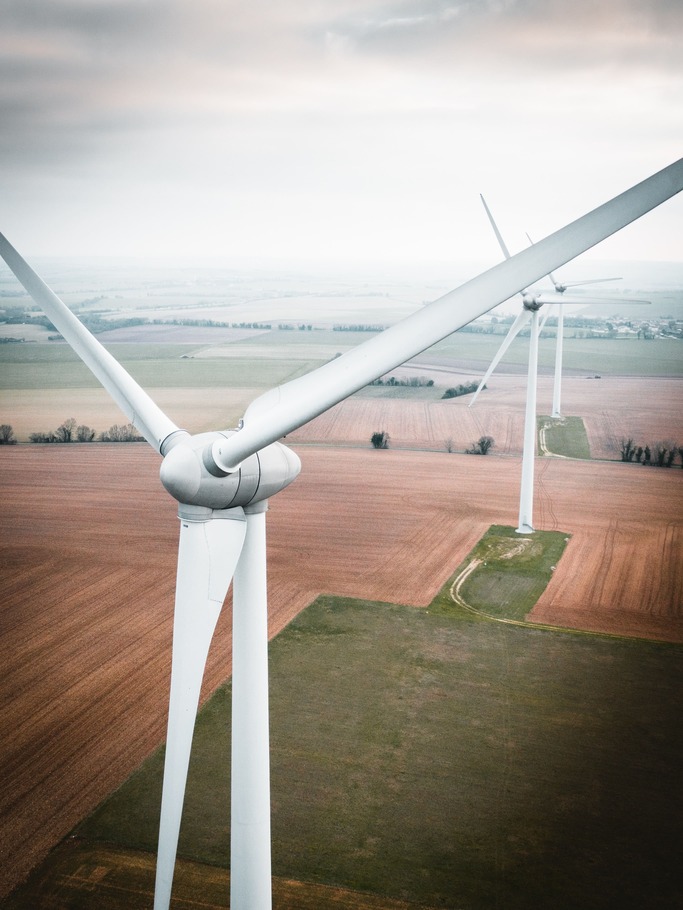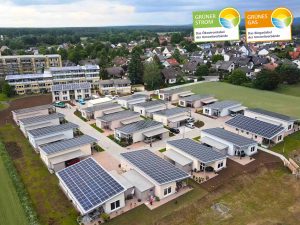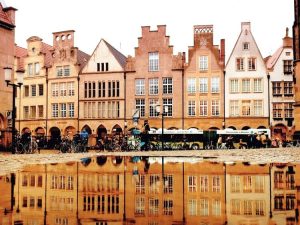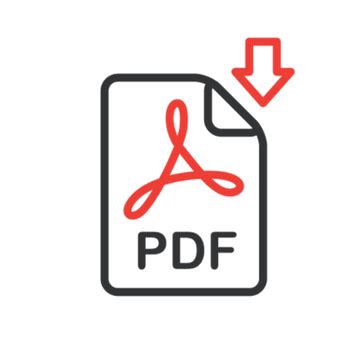Switch to biogas
Your perspective in the biogas jungle Genuine biogas with Grünes Gas-Label
Tired of fossil fuels? You finally want to do something good for the environment? Our labels help you find your way through the confusing energy market! Change your supplier now and get real biogas.
Switching to a biogas tariff means coming one step closer to the goal of an environmentally conscious energy supply. It's easy to find a suitable tariff in our comparison portal.
Concluding a contract with the new provider is very easy online. The new energy supplier will take care of the termination with your old provider! In this way, you help to drive forward the energy transition.
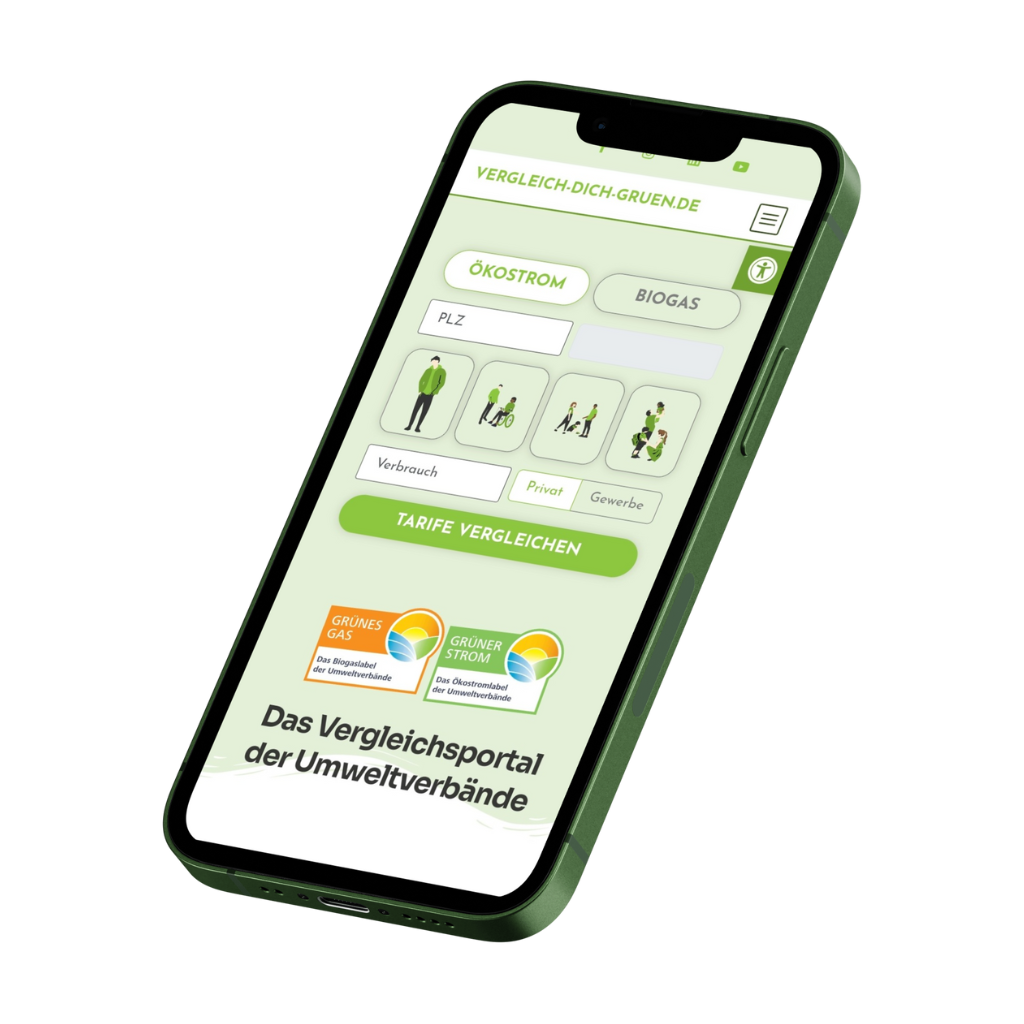
Switch to a certified electricity or biogas tariff now
There are already several online comparison portals for electricity and gas rates. So what's the point of another one?
At the comparison portal of the environmental associations, consumers can compare high-quality and exclusively certified green electricity and biogas tariffs.
"vergleich-dich-gruen.de" offers you the opportunity to actively participate in an energy transition that is nature-friendly, decentralized, citizen-oriented, public welfare-oriented, fair and pollutant-free through your purchase decision.
All providers at a glance
Provider | Biogas tariff with Grünes Gas-Label | Biogas share | Availability | Customer hotline | Website |
|---|---|---|---|---|---|
| ESDG Energy - Service Dienstleistungsgesellschaft mbH | ESDG - Natural Gas Premium (Tariff is covered in whole or in part by the special temporary regulation on procurement criteria). | 10 % |
You can find currently available rates on www.vergleich-dich-gruen.de. | ||
| EWS Electricity Works Schönau eG | Biogas climate | 10 % | |||
| Biogas Climate Plus | 20 % | ||||
| Biogas Climate Max | 100 % | ||||
| Green Planet Energy eG | proWindgas | 10 % | |||
| proWindgas plus | 10 % | ||||
| proWindgas vegan | 10 % | ||||
| proWindgas vegan plus | 10 % | ||||
| NaturStromHandel GmbH | naturstrom biogas 10 % | 10 % | |||
| RhönEnergie Fulda GmbH | RhönGas ÖkoRegio | 10 % | |||
| Constance Municipal Utilities GmbH | Enspire Green Gas | 10 % | |||
| SeeEnergie BiogasPlus (business customer tariff) | variable (min. 10%) | ||||
This is what we have achieved together
By choosing a certified green electricity or biogas tariff, you are directly supporting the energy transition. For every kilowatt hour consumed, a fixed amount goes toward the expansion of renewable energies - that's sustainable thinking.

A raw material right on the doorstep
Like crude oil, natural gas is a finite resource whose extraction is becoming increasingly complex, expensive and environmentally harmful. Gas has to be imported to Germany over long distances.
Biogas produced from biomass is not only a renewable resource, but also a raw material that is available right on your doorstep. The potential for biogas production exists everywhere, in the form of renewable raw materials and green waste in the countryside or biogenic residues in the city (e.g. kitchen waste).
The conditions for sustainable and ecological production are therefore in place. For a 100 percent renewable energy supply, we need biogas.
The Grünes Gas-Label Standards ensure that biogas production is environmentally compatible and ecological. The seal of quality is only awarded to gas products that contain at least ten percent biogas.
Together for the energy turnaround
Your contact person

Michelle Markwart
Management Consultant, Online Communication
What you should know about biogas
Grünes Gas-Label
Frequently asked questions
With Green Gas-certified tariffs, guaranteed investments flow into the expansion of renewable energies.
The level of investment is determined by a fixed amount per kilowatt hour consumed. Thus, your gas purchase indirectly influences the investments in the energy transition. The areas of support include the mobility transition, energy infrastructure, energy efficiency, and other projects that serve the energy transition, such as nature conservation, development cooperation, and education.
You can find the whole range in the criteria catalog for the Grünes Gas-Label.
Biogas in general
- Biogenic residues (e.g. biowaste from the organic waste garbage can, plant residues, residues from agriculture such as harvest and slaughter waste, liquid manure, slurry and dung).
- Sewage sludge and sewage gases from wastewater treatment plants, industrial processes, or commercial production (e.g., from biogenic residues in paper recycling).
- Renewable raw materials or energy crops (e.g., corn or through-grown silphia).
The abbreviation NawaRo stands for the term renewable raw materials.
This refers to plants or plant components that originate from agricultural production and are not used as food or feed, but are used materially or energetically, e.g. for the production of biogas.
Sewage gas is a methane-containing gas produced during wastewater treatment by the digestion of sewage sludge. Sewage gas contains between 45 and 70 percent methane by volume.
As the name suggests, this is gas that is produced artificially. Gas is produced from water in an electricity-intensive process called electrolysis. This concept is called power-to-gas. In this context, people often talk about green hydrogen. Green' here means that hydrogen is produced with the help of green electricity.
- Biogenic residues (e.g. biowaste from the organic waste garbage can, plant residues, residues from agriculture such as harvest and slaughter waste, liquid manure, slurry and dung).
- Sewage sludge and sewage gases from municipal wastewater treatment plants, industrial processes, or commercial production (e.g., from biogenic residues in paper recycling).
- Renewable raw materials (e.g. maize or through-grown silphia), but only if there is an ecologically sustainable operator concept that is conducive to the energy transition.
Stay up to date
Sign up for our newsletter
Grüner Strom Label e.V. | Kaiserstrasse 113 | 53113 Bonn | Germany
Tel: +49 (0)228 / 522 611-90 | E-Mail: info@gruenerstromlabel.de
Want to learn more?
Then feel free to contact us and follow us on social media.
